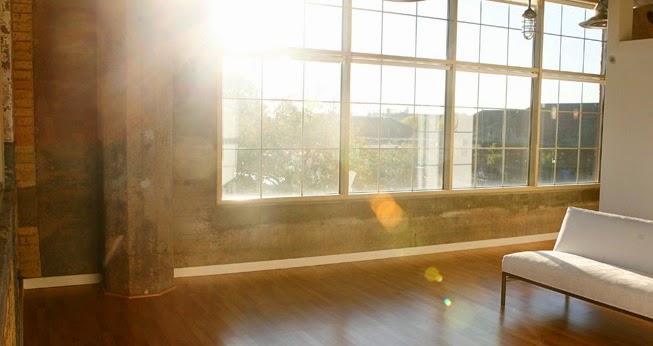Nature And Light
A Guest Post by Natasha Borah Khan:
I
have been born and brought up in Assam, a northeastern state in India. I have
grown up amidst greenery, fresh air and lots of natural light. These are the
luxuries in the modern world which I had the privilege to take for granted. I
had never thought that one day I would pine for these.
I
have grown up in typical Assam-type homes. An Assam-type house is a
ground-floor house with slanting roofs (to tackle heavy rainfall), lots of
windows and ventilators (each window has a ventilator above it). The house is
flooded with natural light and fresh air throughout the day and electric lights
are switched on only after sunset. Every morning we would wake up with the
feeling of sunlight filling the room, instead of relying on the alarm clock all
the time. We did not have to check the watch every time to know the time. Just
a look outside the window would be enough to judge the time.
Now
I stay in Delhi with my husband and family. The windows in our home open into
the shaft or the staircase. Opening them means letting in all kind of smells
from the washrooms in the building. The only space enjoying the natural light
is the balcony. At least we are fortunate to have one. There is dust
everywhere. Wipe out a thick layer of dust on the cabinet and after a couple of
hours, there would a fresh layer again as if it had never left. Dust also
settles inside the wardrobes of the bedrooms. I don’t understand how. Like most
city homes, ours is a closed box too. We wake up to darkness, to the noise of
the alarms on our cell-phones. Electric lights have to be used throughout the
day. When inside a room, you cannot phantom whether it is day or night. When
inside you don’t know whether it is sunny, cloudy, windy or a rainy day. The
only greenery outside is a couple of trees nearby and my pot plants, just like
our neighbours. The only birds you see are sparrows, pigeons and crows.
Natural
light and fresh air today have become coveted items in metropolitan cities. The
other day I was amused seeing an advertisement of a residential project in a
major Indian city. It was marketing its apartments as having lots of natural
light. I had a silent laugh thinking who
could have imagined that natural light would one day become an USP for selling
a house in India.
Presently I am in my maternal home in Assam. I am on a
visit for a couple of weeks. Here, we have a sprawling garden with lots of
plants and trees and a pond. All day long, you can hear and see numerous
species of birds. I am once again blissfully waking up to the call of natural
light in the mornings. As I write now, sitting on a bed by the window, I can
see the rain. I can watch the rain through the open window and breathe in the
earthy smells. I can hear the pitter patter on the tin roof and feel the cool
breeze. It feels so wonderful. While I
am here, I am savouring the clean air, the luminous rooms, the nature, the
greenery and the freshness. After a few days I shall be back in the nation’s
capital, back to my natural light and fresh air deprived life. And then I shall
yearn for this nature and its light.
* * * * * * * * * * * * * * * * * * * * * * * * * * * * * * * * * * * * * * * * * * * * * * * * * * * * * * * * * *
Natasha Borah Khan is a fellow blogger friend, the common string that ties us is blogging and the love of books. Her blog is a familiar place for me. I connect easily with her writings, reviews and musings. I'm just so happy to have her guest post for my blog. Here she writes about her love for her native land, where she spent days of childhood. Makes me reminisce my days of past...
She blogs at:










Comments
Post a Comment